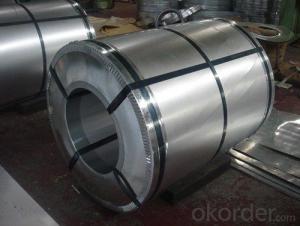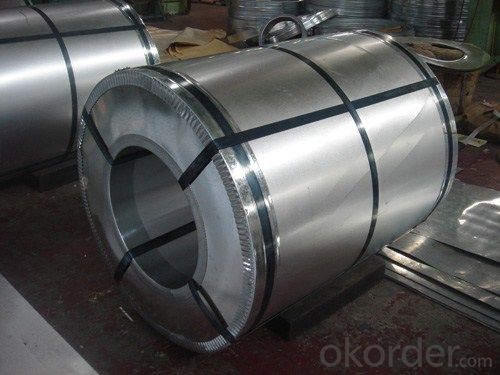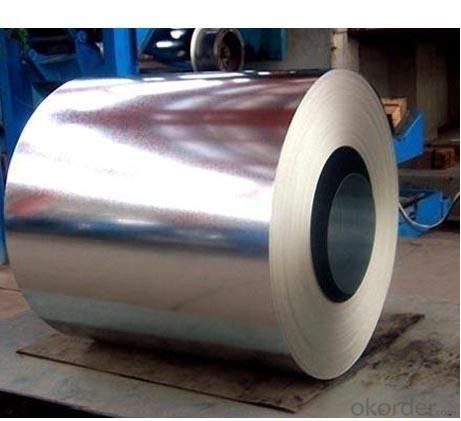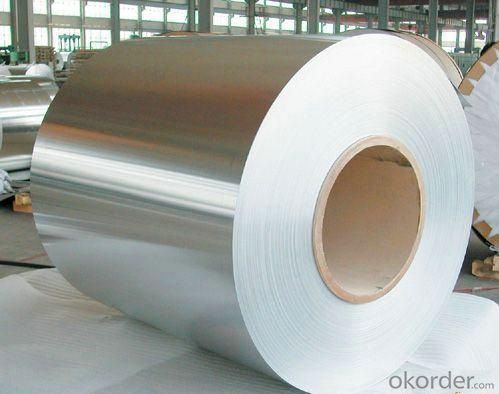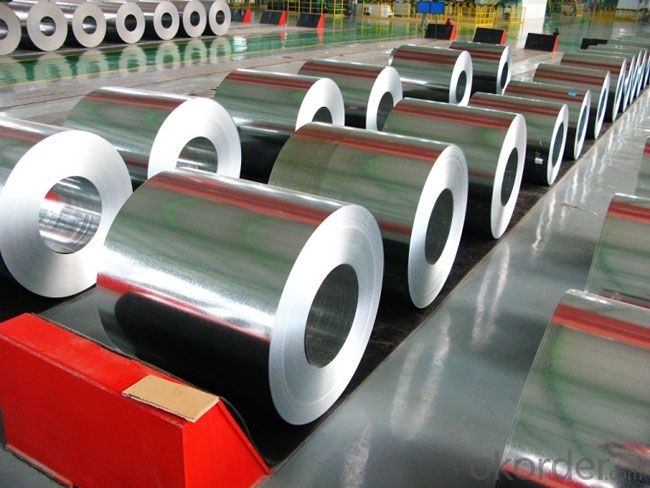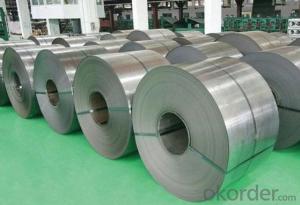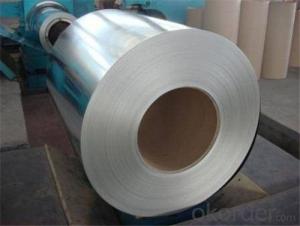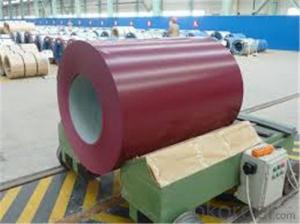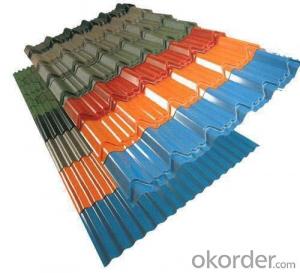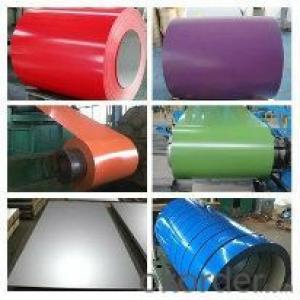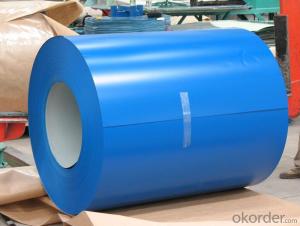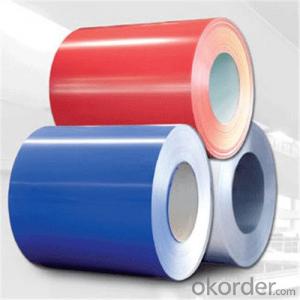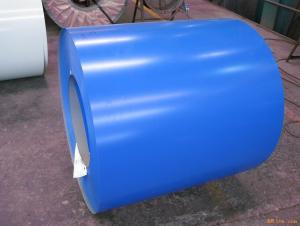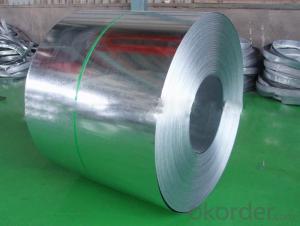ZTHOT-DIP GALVANIZED STEEL HOT-DIP GALVANIZED STEEL
- Loading Port:
- Tianjin
- Payment Terms:
- TT OR LC
- Min Order Qty:
- 20 m.t.
- Supply Capability:
- 8000 m.t./month
OKorder Service Pledge
OKorder Financial Service
You Might Also Like
HOT-DIP GALVANIZED STEEL 72104910
THICKNESS:0.18mm-1.5mm
WIDTH:900mm-1250mm
COATING MASS:Z30-Z275
SPANGLE:Regular Spangle,Minimized Spangle,Zero Spangle
SURFACE TREATMENT:N0on or Chromated,Non or Oiled,Non or Anti Finger Print
COIL INNER DIAMETER:508mm/610mm
COIL WEIGHT:3mt-7mt
In continuous units in cold rolled steel strip, galvanized steel (electro galvanized and hot dip galvanized) as substrate, after surface pretreatment (degreasing and science processing), using the method of roll coating, coated with a layer or multi-layer liquid coating of plate, after baking and cooling income is the coating steel plate. Because the coating can have a variety of colors, on the habits of the coated steel sheet is called color coating steel plate. Because the coating is carried out before the sheet metal forming, in foreign countries which is called pre coating plate.
Color coated steel sheet is an organic coating coating on the steel surface, it has the advantages of beautiful appearance, bright color, high strength, good corrosion resistance, easy processing molding, but also allows the user to reduce costs, reduce pollution.
From the United States in 1935 to establish the first continuously coated steel line to begin, color coated steel plate has been widely applied, the current color coated plate varieties, about more than 600 kinds, the advantages of color coated sheet and organic polymer and steel plate of the two, which has good colorability, organic polymer molding, corrosion resistance and decorative, and steel plate with high strength and easy processing, can easily be punching cutting, bending, deep drawing processing. Made this makes organic coated steel sheet products have excellent practical, decorative, workability, durability.
- Q: What is the lifespan of steel coils?
- The lifespan of steel coils can vary depending on various factors such as the quality of the steel, its usage, maintenance, and environmental conditions. However, with proper care and maintenance, steel coils can typically last for several decades.
- Q: What are the different methods of punching steel coils?
- There are several different methods used for punching steel coils, depending on the specific requirements and desired outcome. Here are a few common methods: 1. Mechanical Punching: This method involves using a mechanical press to apply force and create holes in the steel coil. It utilizes a punch and die set, where the punch is driven into the coil to create the hole. Mechanical punching is ideal for punching small to medium-sized holes and is often used in high-volume production settings. 2. Hydraulic Punching: Hydraulic punching utilizes hydraulic pressure to drive the punch into the steel coil. This method is often used for punching larger holes or shapes that require greater force. Hydraulic punching machines offer precise control and can handle thicker and harder materials. 3. Laser Cutting: Laser cutting is a non-contact method that uses a laser beam to cut through the steel coil. A focused laser beam is directed onto the coil, melting and evaporating the material to create the desired shape or hole. Laser cutting offers high precision and can be used for complex shapes and patterns. 4. Plasma Cutting: Plasma cutting involves using a high-velocity jet of ionized gas (plasma) to melt and remove the steel coil material. This method is suitable for cutting thicker steel coils and is often used for larger holes or irregular shapes. 5. Waterjet Cutting: Waterjet cutting utilizes a high-pressure jet of water mixed with abrasive particles to cut through the steel coil. This method is versatile and can effectively cut through various materials, including steel. Waterjet cutting is known for its high precision and clean cuts. Each method of punching steel coils has its own advantages and considerations. Factors such as material thickness, desired precision, production volume, and cost will determine the most suitable method for a specific application.
- Q: i'm looking into buying a stainless steel ring for somebody as a gift.i'm on a budget (heh) and the ring is about $50.will it rust or tarnish? it'd be embarrassing if i gave it to someone, and it begins rusting :Pthanks
- Stainless Steel does not rust...that is why it is used in our kitchens and the top kitchens of the world...!! sorry...Stainless Steel does not Tarnish either!
- Q: What are the different methods of coil rewinding for steel coils?
- There are several different methods of coil rewinding for steel coils, each with its own advantages and considerations. One common method is the slitting and rewinding process. This involves cutting the original steel coil into narrower strips, often referred to as "slits," and then rewinding these slits onto separate reels. Slitting and rewinding allows for customization of the coil width and is commonly used in industries such as automotive, construction, and packaging. Another method is the oscillate winding technique. This method involves rewinding the steel coil in a back-and-forth manner, creating a tighter and more compact coil. Oscillate winding is particularly beneficial for reducing coil deformation during transportation and storage, as well as optimizing material usage. Additionally, the pancake coil winding method is often employed for steel coils. With this technique, the steel coil is rewound in a flat, pancake-like shape, allowing for easier processing and handling. Pancake coils are often used in applications where space is limited, such as in electrical transformers. Furthermore, some advanced coil rewinding methods utilize automated equipment, such as robotic systems or computer-controlled winding machines. These technologies ensure precise and consistent rewinding, reducing human error and improving overall efficiency. Ultimately, the choice of coil rewinding method depends on the specific requirements of the application, including coil dimensions, material properties, and desired production output. Manufacturers must carefully consider factors such as coil quality, cost-effectiveness, and equipment capabilities when selecting the most suitable method for their steel coil rewinding process.
- Q: How are steel coils used in the production of food processing machinery?
- Steel coils are used in the production of food processing machinery as they are commonly used to create the structural frames and components of the machinery. Additionally, steel coils are often used to manufacture cutting blades, conveyor belts, and various other parts that require strength and durability in the food processing industry.
- Q: What is the role of steel coils in the manufacturing of pipes and tubes?
- The manufacturing process for pipes and tubes heavily relies on the crucial role played by steel coils. These coils serve as the primary raw material used in the production of these products. To produce steel coils, molten steel is processed through a series of rolling mills that shape it into flat, thin sheets. These sheets are then wound into coils for the purpose of easy transportation and storage. During the manufacturing process of pipes and tubes, steel coils are unwound, and the flat sheets are subjected to a series of machines and processes. Typically, the first step involves cutting the steel sheets into the desired width and length. This is followed by forming the sheets into a cylindrical shape through a process known as roll forming or continuous forming. The edges of the sheet are welded together to create a seamless pipe or tube. Steel coils offer numerous advantages in the manufacturing process. Firstly, they ensure consistent and reliable quality. The production of coils guarantees uniform thickness and strength throughout the entire length of the sheet, resulting in consistent properties in the final pipes and tubes. This is especially crucial for applications that demand high structural integrity and reliability. Secondly, steel coils facilitate efficient production. The continuous supply of coils ensures a steady flow of raw material, minimizing downtime and enhancing productivity. Coils also enable automated processes, such as roll forming, which can be extremely efficient and cost-effective. Moreover, steel coils provide flexibility regarding size and dimensions. Coils can be manufactured in various widths and thicknesses, enabling manufacturers to tailor the size and specifications of the pipes and tubes to meet their specific requirements. This flexibility empowers the production of pipes and tubes for a wide range of applications, from plumbing and construction to oil and gas pipelines. In conclusion, steel coils are indispensable raw materials in the manufacturing of pipes and tubes. They offer consistent quality, facilitate efficient production, and provide flexibility in terms of size and dimensions. Without steel coils, the production of pipes and tubes would be significantly more challenging and less efficient.
- Q: How are steel coils used in the production of building systems?
- Steel coils are used in the production of building systems by being processed and shaped into various components such as beams, columns, and trusses. These coils are fed into machines that cut, bend, and mold them into the desired shapes, providing structural support and stability to the building.
- Q: Will any modified choke or improved Cylinder choke be safe to use with steel shot? If these are safe, which is better for duck or goose hunting?
- Best Choke For Steel Shot
- Q: I wanted to get a cheapo ring and I found one I like, but it's stainless steel. Is that bad? Will it get dull and tarnished fast?
- a lot of people that do a lot of manual labor with their hands prefer stainless steel because it can withstand potential damage on the job.
- Q: I need to construct a table with three columns, which states the name of the steel, its compositions (e.g. Fe and C), and its special properties for a variety of different steel products.Help me please, a site with info would be great, explanations would be even better.
- Steel is an alloy consisting mostly of iron, with a carbon content between 0.2% and 2.1% by weight, depending on the grade. Carbon is the most common alloying material for iron, but various other alloying elements are used, such as manganese, chromium, vanadium, and tungsten.[1] Carbon and other elements act as a hardening agent, preventing dislocations in the iron atom crystal lattice from sliding past one another. Varying the amount of alloying elements and form of their presence in the steel (solute elements, precipitated phase) controls qualities such as the hardness, ductility, and tensile strength of the resulting steel. Steel with increased carbon content can be made harder and stronger than iron, but is also less ductile. H.
Send your message to us
ZTHOT-DIP GALVANIZED STEEL HOT-DIP GALVANIZED STEEL
- Loading Port:
- Tianjin
- Payment Terms:
- TT OR LC
- Min Order Qty:
- 20 m.t.
- Supply Capability:
- 8000 m.t./month
OKorder Service Pledge
OKorder Financial Service
Similar products
Hot products
Hot Searches
Related keywords
